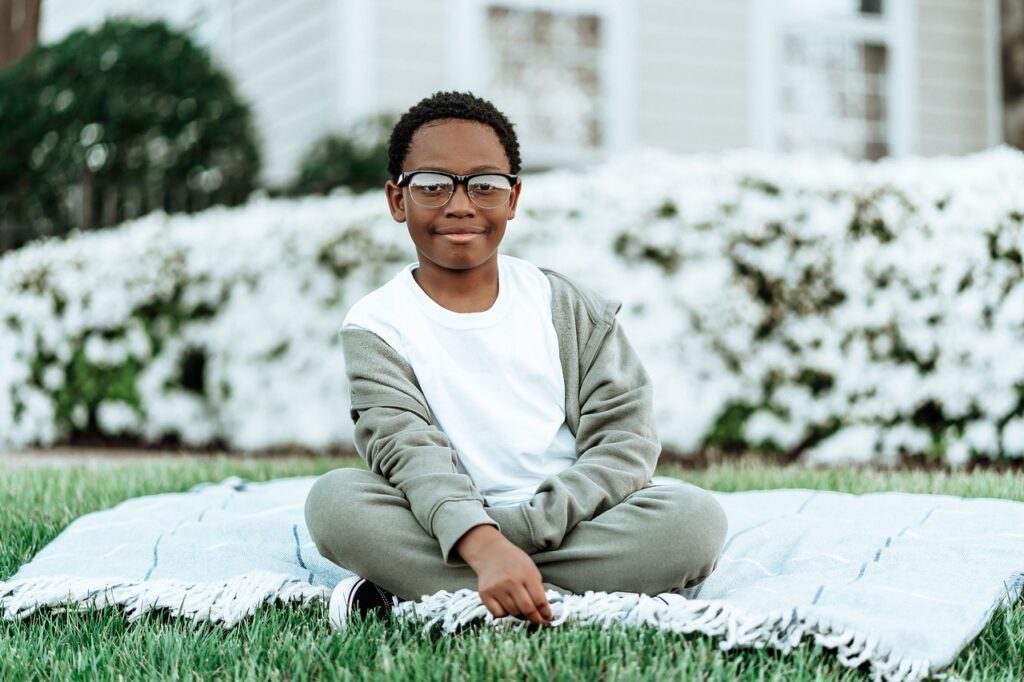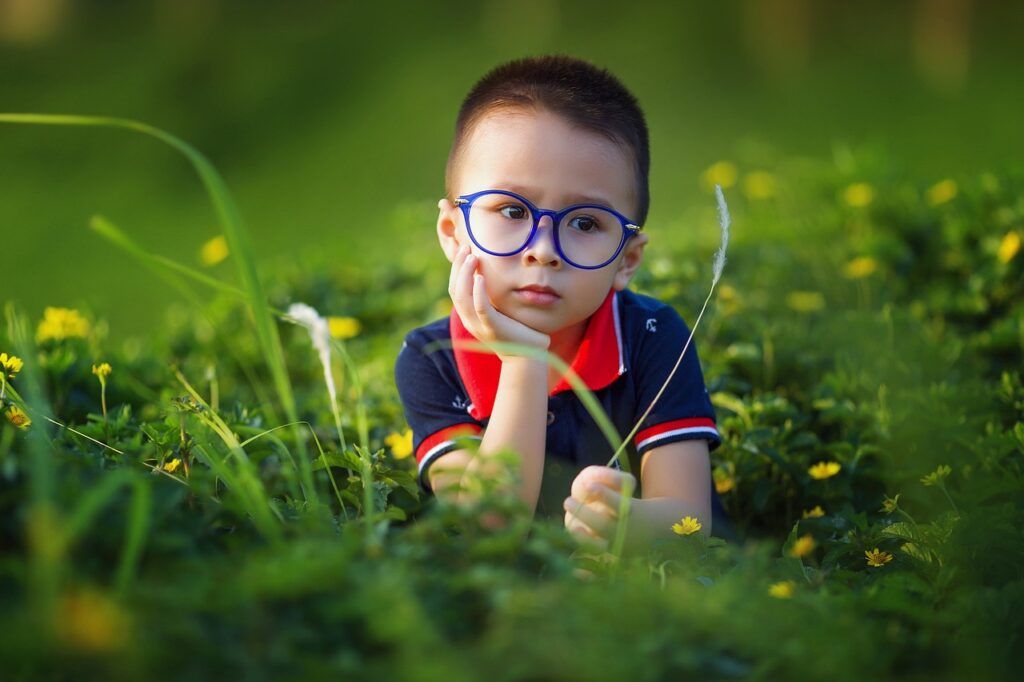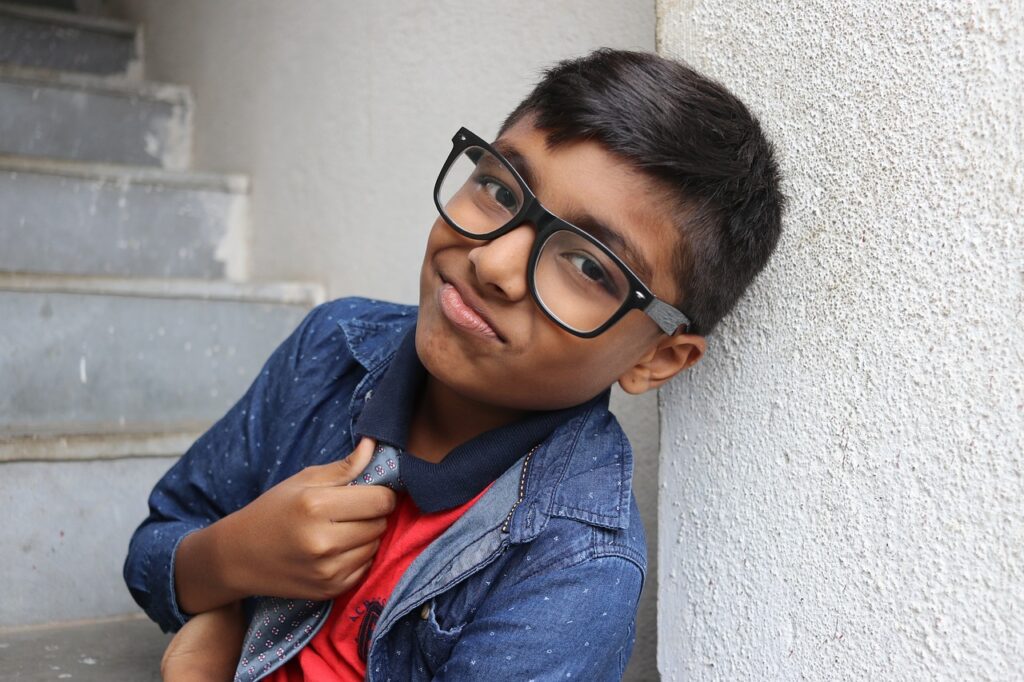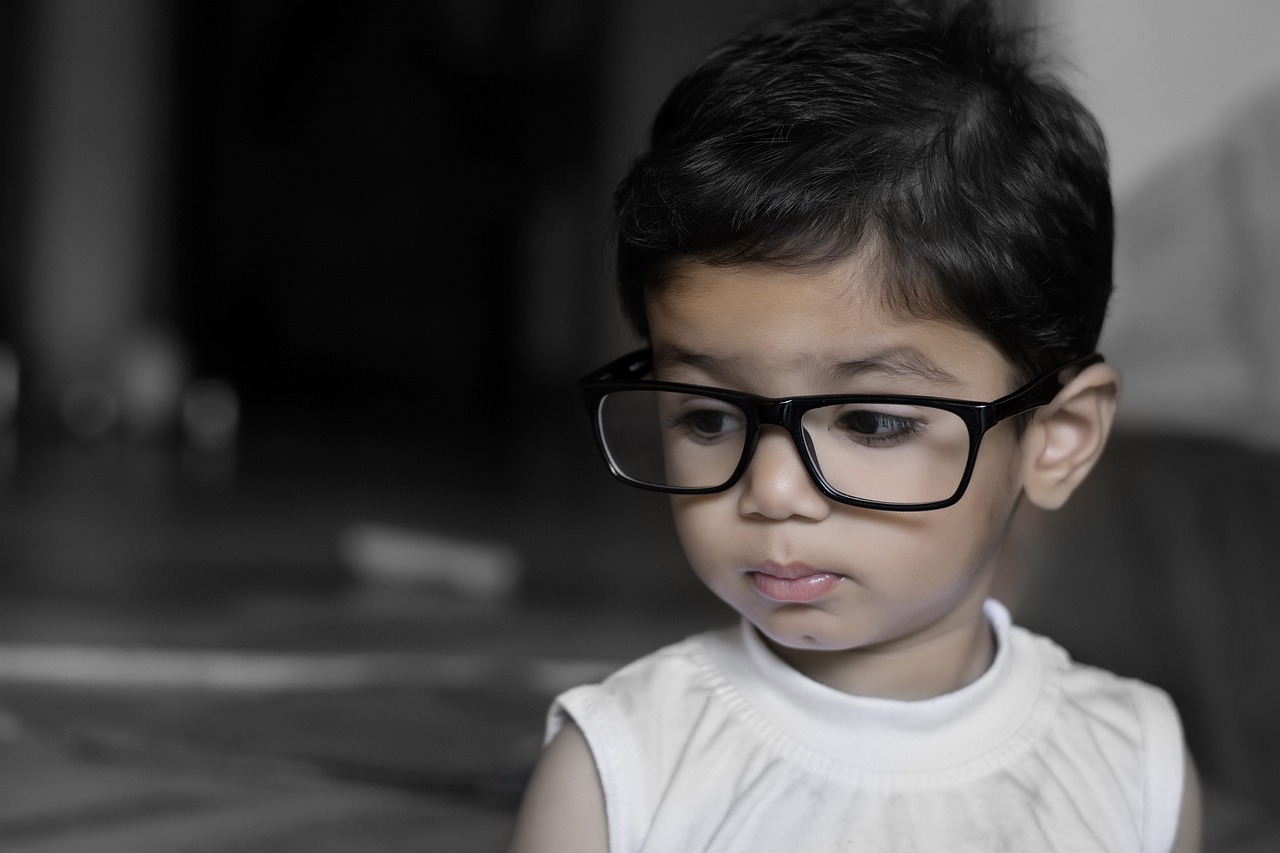If you’re a parent, you’ve probably heard about lazy eye, or amblyopia, and wondered how to address it. It’s a good question, and the answer isn’t as straightforward as you might think. In this blog post, we’ll explore how glasses can help with lazy eye, what other treatments might be necessary, and how to support your child’s vision health.
A lazy eye, or amblyopia, is a condition where one eye doesn’t develop proper vision, even with glasses or contact lenses. It’s a common issue in children and can lead to long-term vision problems if not treated early. Many parents wonder if prescription glasses alone are enough to fix a lazy eye or if additional treatments are required. Understanding how glasses fit into the overall treatment plan can help you make informed decisions about your child’s eye care.
How Glasses Help with Lazy Eye

Correcting Vision Problems
The primary purpose of glasses is to correct refractive errors like short sightedness, farsightedness, or astigmatism. In some cases, a lazy eye might be caused by such a refractive error in one eye. By prescribing glasses, the aim is to correct the vision in the affected eye, which can help improve its function. This is particularly true if the lazy eye is due to a significant difference in vision between the two eyes, known as anisometropia.
Promoting Visual Development
For younger children, glasses can help promote proper visual development. When a child with a lazy eye wears glasses, it can help ensure that both eyes are working together more effectively. This can be especially important in the early years, when the brain is still developing its ability to process visual information.
Additional Treatments for Lazy Eye
Patching Therapy
While glasses are an important part of treating lazy eye, they are often used in conjunction with other therapies. One common treatment is patching, where a patch is placed over the stronger eye to encourage the lazy eye to work harder. This method helps strengthen the vision in the weaker eye and improve overall visual acuity. Patching is typically used in combination with glasses for the best results.

Vision Therapy
Vision therapy is another treatment option that can be used alongside kids glasses. This therapy involves a series of exercises designed to improve eye coordination, focusing skills, and overall visual processing. Vision therapy can be especially beneficial for children who need additional support beyond what glasses and patching can provide.
Medical and Surgical Options
In some cases, more advanced treatments might be necessary. If glasses, patching, and vision therapy do not achieve the desired results, medical or surgical interventions might be considered. These could include eye muscle surgery or other procedures to correct structural issues that contribute to lazy eye.
The Importance of Early Detection

Monitoring Your Child’s Vision
Early detection is crucial in treating lazy eye effectively. Regular eye exams can help identify vision problems before they become more serious. If your child is showing signs of lazy eye, such as difficulty with depth perception or a noticeable difference in eye alignment, it’s important to consult an eye specialist promptly.
Following Treatment Recommendations
Once a diagnosis is made, following the prescribed treatment plan is essential. Consistency is key, whether it’s wearing glasses as directed, adhering to patching schedules, or participating in vision therapy. Adhering to the treatment plan can significantly improve the chances of correcting the lazy eye and achieving better visual outcomes.
Conclusion
So, can glasses fix a lazy eye in kids? Glasses are a crucial part of the treatment, especially when correcting refractive errors and supporting visual development. However, they are often part of a broader treatment plan that may include patching, vision therapy, and, in some cases, more advanced interventions. Understanding the role of glasses and other treatments can help you better support your child’s vision health and work towards improving their overall eye function. Ultimately, with a doctor’s recommendation and choosing the appropriate glasses frame material for children, their comfort in wearing glasses can be ensured.
If you have experiences or questions about treating lazy eye, share them in the comments below! For more information on eye care and eyewear options, visit us at Optics4Less.

